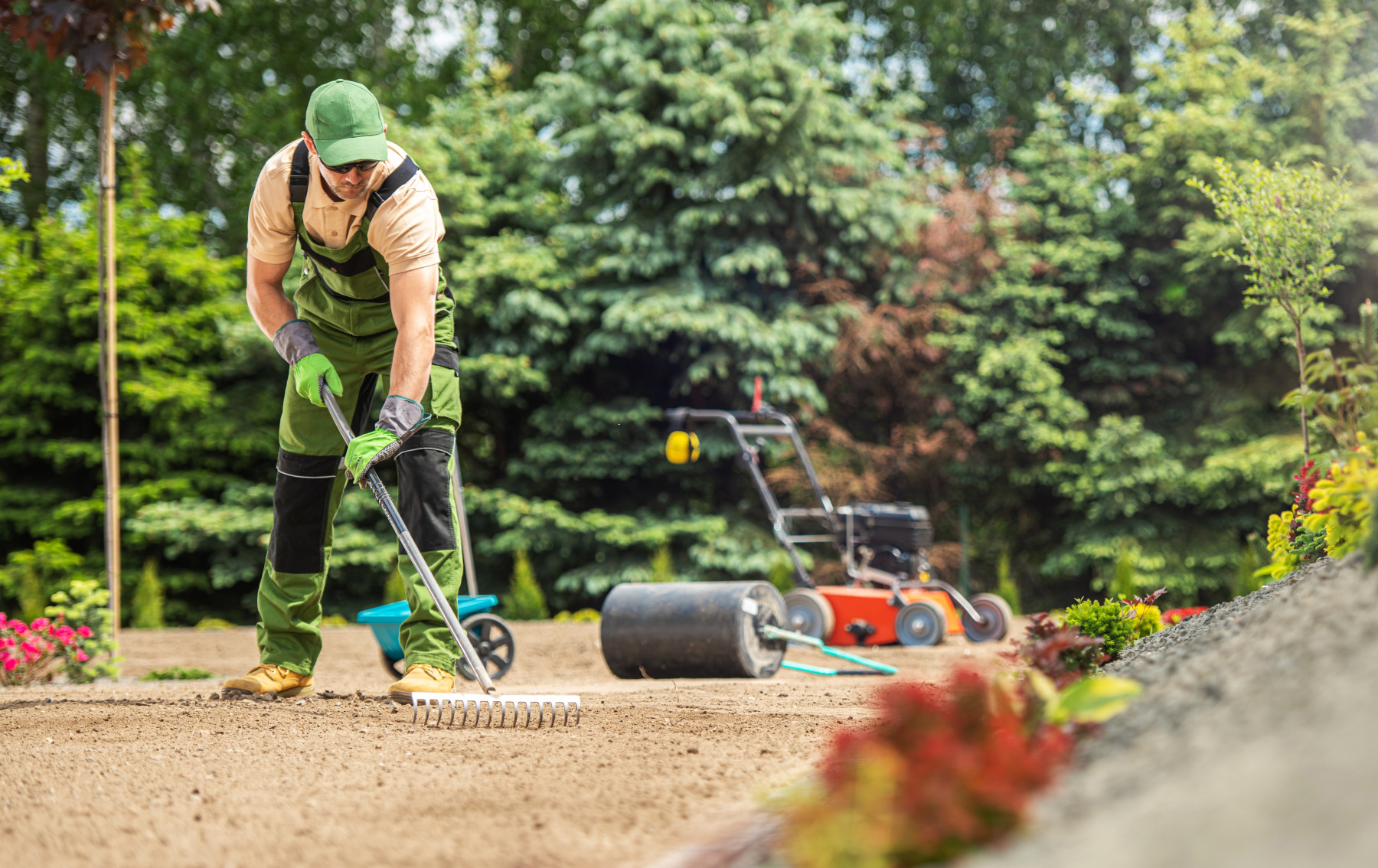Nutrient Tips: Boost Your Grass' Growth In a Natural Way

A green lawn is often considered as a sign of a well-maintained property, providing simultaneously beauty and a tranquil space for outdoor activities. Nevertheless, achieving and sustaining that vibrant lawn can be challenging for numerous homeowners. This is where comprehending the principles of efficient lawn care comes into play. From selecting the appropriate type of grass for your climate to perfecting the art of organic fertilization, there are essential steps you can take to ensure your yard blooms throughout the seasons.
In this guide, we will investigate multiple aspects of lawn care that are essential to achieving optimal growth and appearance. Whether you are a beginner looking for basic tips or an experienced gardener seeking sophisticated techniques, you will discover insightful insights on topics such as the difference between organic and synthetic fertilizers, testing the soil, and the importance of aeration. With the right knowledge and a dedication to natural methods, you can create a thriving, vibrant lawn that enhances the beauty of your home and your enjoyment of the outdoors.
Basics of Grass Maintenance
A healthy lawn begins with knowing its basic needs. The basis for lawn care is guaranteeing your grass receives adequate sunlight, water, and nutrients. Different grass types thrive in various climates, so determining the best grass for your region is essential. No matter if you live in a mild or tropical zone, exploring grass varieties suitable for your climate will lead you to the proper path to a healthy and energetic yard.
Regular mowing is also a vital aspect of ensuring lawn health. Knowing when and how to mow can foster growth while preventing damage. It's important to maintain your mower blades well-maintained and follow the one-third rule, which advocates cutting only the top third of grass blades at a time. This practice fosters thicker grass and helps create a deep root system, which is essential for enduring seasonal changes.
Additionally, being active in avoiding common lawn care mistakes can make a significant difference your efforts. Excessive watering, improper fertilization, and neglecting soil health can lead to a weak lawn, making it susceptible to pests and diseases. Taking landscaping near me to test your soil and tailor your care routine appropriately will boost your lawn's hardiness and overall look, guaranteeing a blooming outdoor space to appreciate year-round.
Effective Fertilizer Methods
To enhance your grass's growth organically, comprehending the appropriate fertilization methods is crucial. Start by testing your earth to identify its fertility content and acidity level. This information will guide your selection of fertilizing products, guaranteeing you provide the required elements particular to your grass's demands. A earth test will aid you steer clear of over-application, which can damage both your grass and the nature.
When it comes to putting on fertilizing products, timing is key. Early the spring season is often the optimal time to fertilize your lawn, as various kinds of grass are emerging from dormancy and will profit from the nutrients. Opt for slow-release fertilizers to provide a steady stream of fertilizer over several weeks, fostering healthy development without burdening the grass. Additionally, consider autumn feeding, which prepares your grass for the winter season while improving root growth.
Using organic fertilizers can also yield fantastic results. Organic compost, for case in point, enhances the earth sustainably and enhances its composition. Additional natural options include animal bone meal, alfalfa meal, and aquatic fertilizer. These options offer elements slowly and improve ground vitality over time, establishing a healthy ecosystem that encourages vibrant yard health. Merging these natural techniques with proper watering will make sure your yard stays lush and healthy throughout the growing seasons.
Lawn Care Advice
The spring season is a key time for lawn care as it signals the change from the chilly winter months. Start with a thoroughly planned cleanup, clearing away debris and dead grass to help your lawn breathe and receive sunlight. After this, consider aerating your lawn and testing your soil to evaluate its nutrient levels. This is also the best time to apply fertilizers, especially natural options, which can provide your grass the nutrients it needs for vigorous growth during the warmer months.
As the hot summer heat sets in, maintaining soil moisture becomes paramount. Regular and deep watering is essential; target about one inch per week. Be mindful of the time of day you water; morning is optimal to minimize evaporation and fungal diseases. During summer, trimming at a higher blade setting helps your grass retain moisture and encourages deeper root growth, which is critical for keeping your lawn vibrant and healthy.

When autumn arrives, it's crucial to prepare your lawn for the upcoming winter. Gathering leaves and applying a fall fertilizer can help revitalize your grass after a prolonged summer. Overseeding can also be advantageous at this time, allowing new grass to take root before the frigid sets in. Remember to adjust your cutting routine as the growth slows down, gradually decreasing the amount until the grass is dormant. These steps will ensure your lawn continues to be healthy through the frigid months and ready to thrive when spring arrives again.
